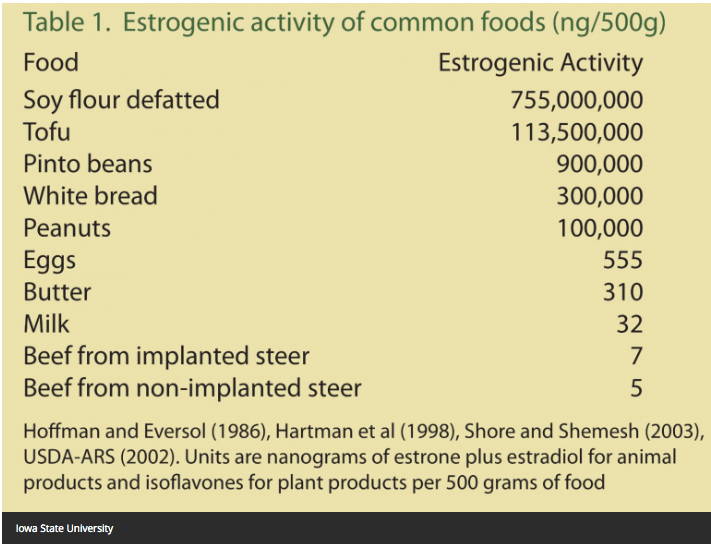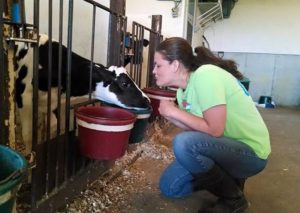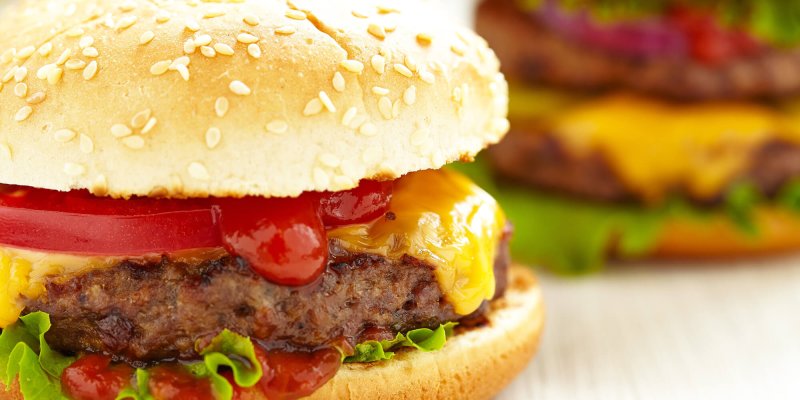[This article was written by Michelle Miller, aka Farm Babe, who raises lambs and beef cattle, and grows almost 2,000 acres of row crops like corn, soybeans, oats, and alfalfa with her boyfriend in Northeast Iowa.]
All different types of food naturally contain hormones. So do animals and people, obviously. But you may be surprised to see the levels of these hormones. What if I told you that there are more hormones in a bun than there are in an actual burger?
That’s right, folks. White bread can contain 300,000 nanogram of estrogen, try comparing that to other foods here:

By law, if the label “no added hormones or steroids” is used on a package of pork or poultry products, it must be followed up with an asterisk and fine print: *federal law strictly prohibits the use of hormones in poultry.
 You’ll notice on the chart above that there is only 2 nanograms of difference between a steak that’s been treated and one that has not, and a nanogram is a billionth of a gram. Billion. With a “b.” Iowa State University breaks this down further and explains that the average man naturally produces 135,000 ng per day, a woman produces 513,000 per day, and a pregnant woman can produce up to 20 million nanograms of estrogen per day! This just goes to show that to bicker about only 2 nanograms clearly makes no logical sense. In order for growth hormones in beef to affect humans, you would need to eat thousands of pounds of steak in a single sitting..
You’ll notice on the chart above that there is only 2 nanograms of difference between a steak that’s been treated and one that has not, and a nanogram is a billionth of a gram. Billion. With a “b.” Iowa State University breaks this down further and explains that the average man naturally produces 135,000 ng per day, a woman produces 513,000 per day, and a pregnant woman can produce up to 20 million nanograms of estrogen per day! This just goes to show that to bicker about only 2 nanograms clearly makes no logical sense. In order for growth hormones in beef to affect humans, you would need to eat thousands of pounds of steak in a single sitting..
The next time you’re at a restaurant, farmers market, or grocer and the marketing label says, “Our chickens have no added hormones!” You can smile and know that all chicken is free from added hormones.
The GLP aggregated and excerpted this blog/article to reflect the diversity of news, opinion and analysis. Read full, original post: Farm Babe: What you need to know about growth hormones in meat































